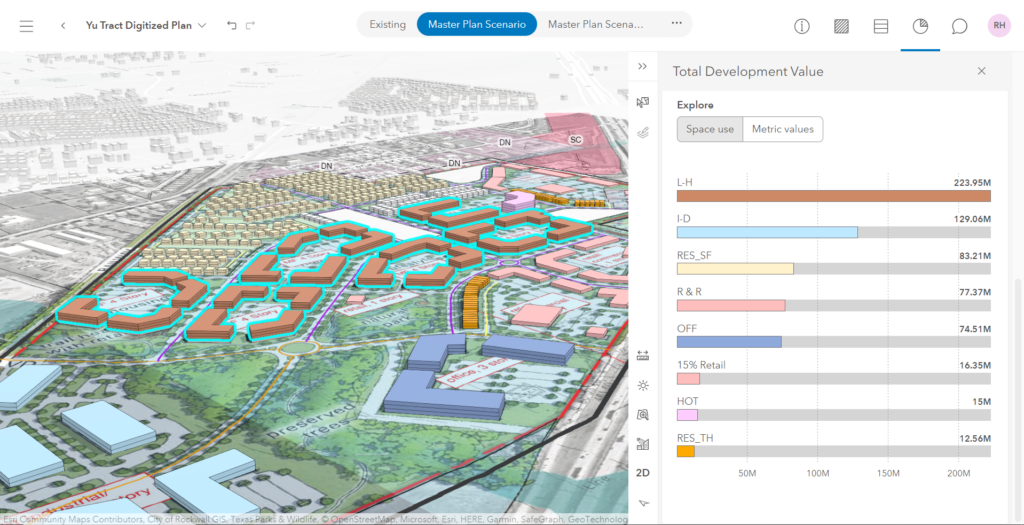The City of Fate, Texas is a growing community on the eastern edge of the Dallas-Fort Worth Metroplex. Like many suburban communities, this was driven by several large residential planned developments. Also, like many suburban towns, this was creating a bedroom community, meaning people lived there, but their daytime activities, including work and shopping, were done outside the town.
Ryan Wells, Director of Planning and Development at the city, recognized the long-term problem this created. “That really sets up a condition where a city has a hard time being fiscally sustainable or fiscally resilient. Single family detached neighborhoods, while an important ingredient in any community, don’t really pay the bills when it comes to the cost of serving those communities.”
In the mid-2010’s, city leadership became aware of this dangerous financial condition and decided to act to protect the future of the City of Fate. That decision included diversifying the way that the city develops going forward. Part of this process included measuring the fiscal impact of every new development that was proposed in the city.
“This feeds into a citywide understanding of what development patterns tend to be more fiscally productive and which of those require more fiscal resources to support,” said Wells.
The city has recently started working with the owner and developer of a 267-acre tract and is using ArcGIS Urban to carry out both the scenario planning and fiscal analysis to determine the best path forward for Fate. This has put GIS technology in the hands of non-GIS experts, so that the planning director, city leadership, stakeholders, and the public can view and analyze multiple scenarios. With everyone on the same page, it will be easier to establish buy-in across the city.

To learn more about how that project has developed, listen to episode 3 of the Reinventing Planning Podcast. You can get it wherever you download podcasts.




